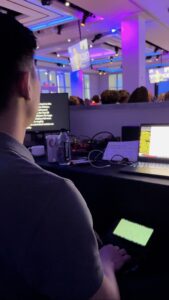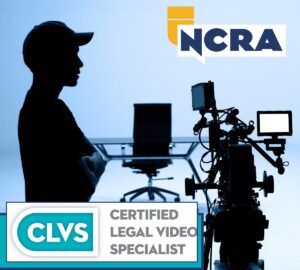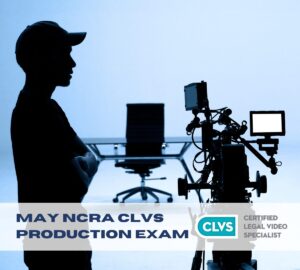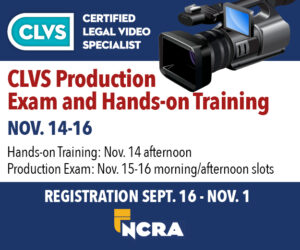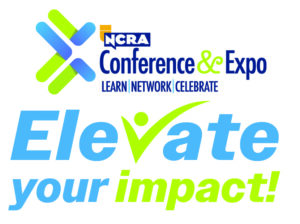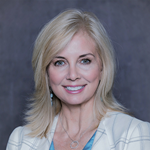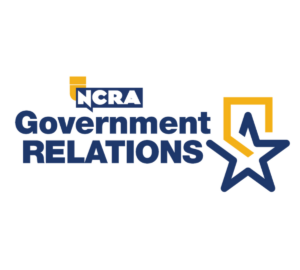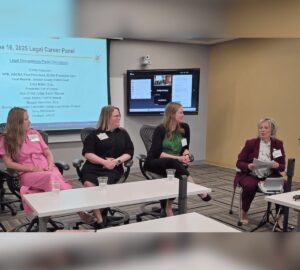By Debbie Dibble
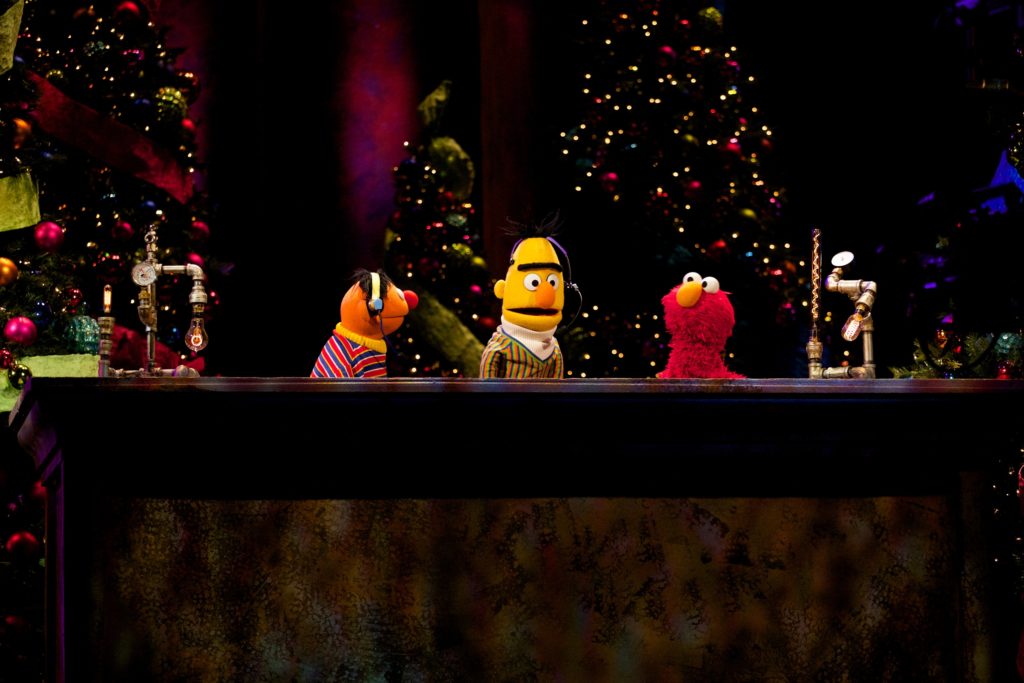
Sesame Street characters showed up for the Tabernacle Choir Show
Photo © The Church of Jesus Christ of Latter-day Saints
After a career full of unusual cases, including surfers in New Zealand, terrorists in the Philippines, and Saudi princes in Grand Cayman, I was sure I had done it all. But captioning the Mormon Tabernacle Choir — or The Tabernacle Choir on Temple Square as it is now called — is a uniquely gratifying and challenging experience, particularly when special guests, like the cast of “Sesame Street” or Frozen, pop in for a performance. Big Bird, Cookie Monster, Count von Count, Ernie, Bert, and Elmo were unbelievably challenging, but Rosita and Zoe just about did me in! Their quick-fire, Spanish-accented repartee can be a captioner’s nightmare — but make for great stories if you survive!
Since 1929 – nearly the lifetime of radio – the Tabernacle Choir has been a phenomenon of broadcasting. Its “Music & the Spoken Word” is the longest continuous broadcast on the air. This show is broadcast – and captioned – every Sunday morning at 9:30 a.m. Mountain Time. It is a half-hour show that is mostly music. As the captioner, I have the arrangements – with words – provided ahead of time for prescripting. It’s not a complicated broadcast to caption, but each show is different and has its own distinct challenges. The Christmas Concert each year, with invited celebrities and special themes, is always quite the spectacle. There are also periodic holiday specials as well as programs to honor dignitaries, veterans, historic events, and whenever else there is cause to celebrate with music. I find that each broadcast comes with new obstacles that require creative solutions, and I grow as a professional while I work with my team of engineers and producers to find ways to provide the best product for the deaf and hard-of-hearing community.
How did I end up with this dream gig? The simple answer is: Credentials! About 10 years ago, when the Utah state courts converted their entire system from official stenographers to electronic recording, it was obvious I needed to take steps to increase my skills and, therefore, my value in the freelance market, and to become proficient as a certified captioner. I educated myself and passed both of the NCRA captioning certifications offered at the time: the Certified CART Provider (CCP) and the Certified Broadcast Captioner (CBC). Within a month of receiving those two designations, I was informed of this opportunity and that they were only looking for those with my new credentials to fill the position.
Moving from depositions into captioning hymns and sermons required a substantial learning curve. Sure, I had captioned the news, but this was an entirely new environment. They used different software that toggled between live and prescripted work. I needed to learn about pop-on, paint-on, three-line roll-up, how to use musical notes, and so many new elements, like how to clear the screen in a hurry. I look back on how daunting it seemed to me when I started—during my first show I told them I quit three times—and now, seven years later, I can flip and fly between cells and programs seamlessly and without breaking a sweat!
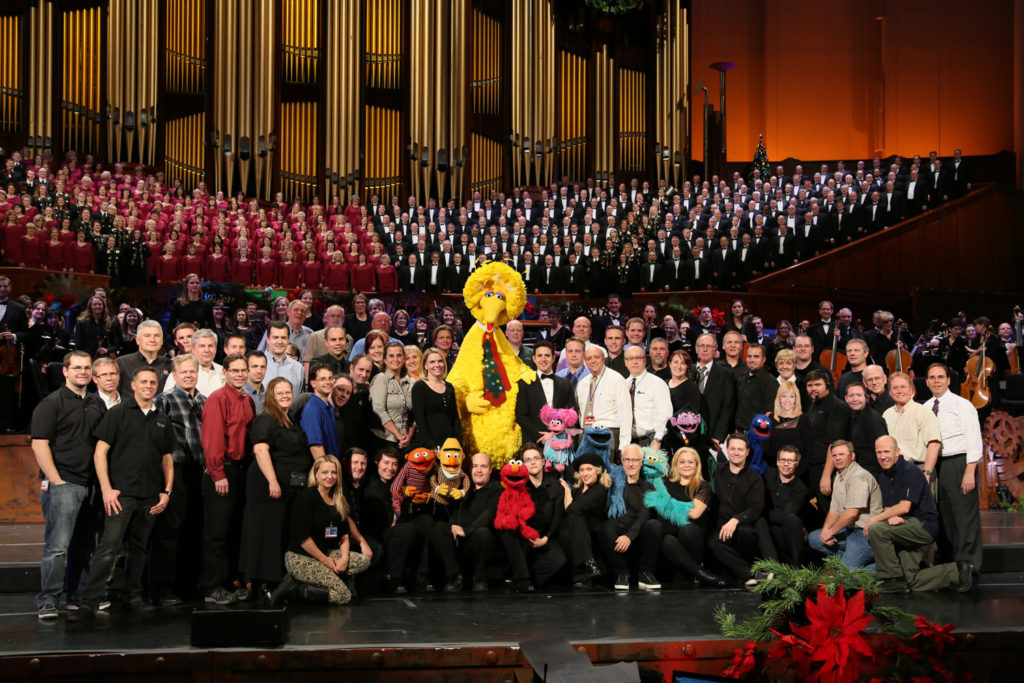
I work with a huge team of engineers, producers, and directors, and supervise a team of captioners that provide captioning in English, Spanish, Portuguese, and French. They have all helped in my journey of education and progress, and together we have created new solutions to provide a better experience for those that we serve. Sometimes we aid an even broader group than just the deaf and hard-of-hearing in the audience. During one broadcast, there was a speaker who was struggling with debilitating health issues. He was in a wheelchair and could hardly speak above a whisper. His voice was gravelly and very difficult to understand. I later learned that one of the dignitaries in attendance was struggling to hear and asked his grandson if he could understand what was said. The grandson began to repeat the words verbatim. Later, when the youngster was asked how he had possibly heard all that, his reply was, “I had the closed captions on!” This individual was a high-profile leader in the organization, and his experience spread like wildfire. It was great exposure for our unmatched skills!
This has been an incredibly fulfilling experience for me both personally and professionally. My skills improve with every broadcast, each new project, and every new challenge. I have learned so much from colleagues both in the court reporting and captioning industry as well as the engineers and producers on my team. They have taught me how my duties interact with their jobs, and we all have become more keenly aware of what a critical part the immediate access to captions play. One engineer, after hearing the story of the grandson reading my captions, decided that captioning should be offered to all attendees in the main hall. He worked with a caption delivery system to develop a new platform that would support simultaneous connections to 25,000 mobile devices, where the prior system had only been capable of supporting a few hundred.
While providing captions is itself a rewarding experience, I’d be remiss if I didn’t mention the fact that this choice assignment has afforded me a front-row seat to performances by incredible talents such as James Taylor, David Archuletta, Donny Osmond, Gladys Knight, Kristen Chenoweth, Tom Brokaw, Walter Cronkite, and so many more. This profession, our profession, opens doors to learning and lifetime experiences unlike any other. It is truly the greatest profession on earth! Never stop learning and never stop working to improve your skills. You never know when the next great opportunity will present itself.
Debbie Dibble, RDR, CRR, CRC, is a freelancer and captioner based in Salt Lake City, Utah, as well as NCRA’s Vice President. In addition to the NCRA certifications listed above, she has earned NCRA’s Realtime System Administrator certification and the state certified shorthand reporter credentials for Utah, California, Nevada, and Texas. She can be reached at ddib06@gmail.com.

